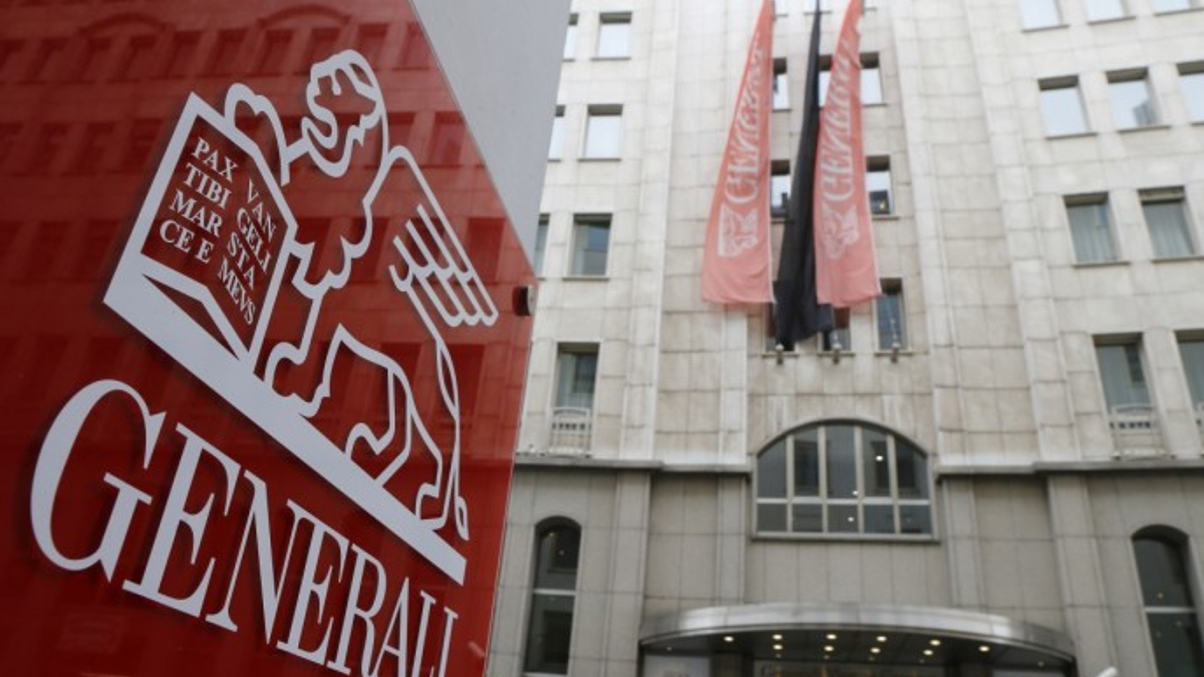Asset owners highlight insourcing challenges
The Hong Kong Housing Society, along with insurers Generali and Ping An, discussed the pros and cons of managing assets in-house during last week's Asian Investment Summit.

Big asset owners in Asia have in recent years increasingly sought to shift more of their portfolio management in-house, but that is easier said than done, as several institutional investors pointed out during last week’s Asian Investment Summit in Hong Kong.
Sign in to read on!
Registered users get 2 free articles in 30 days.
Subscribers have full unlimited access to AsianInvestor
Not signed up? New users get 2 free articles per month, plus a 7-day unlimited free trial.
¬ Haymarket Media Limited. All rights reserved.


